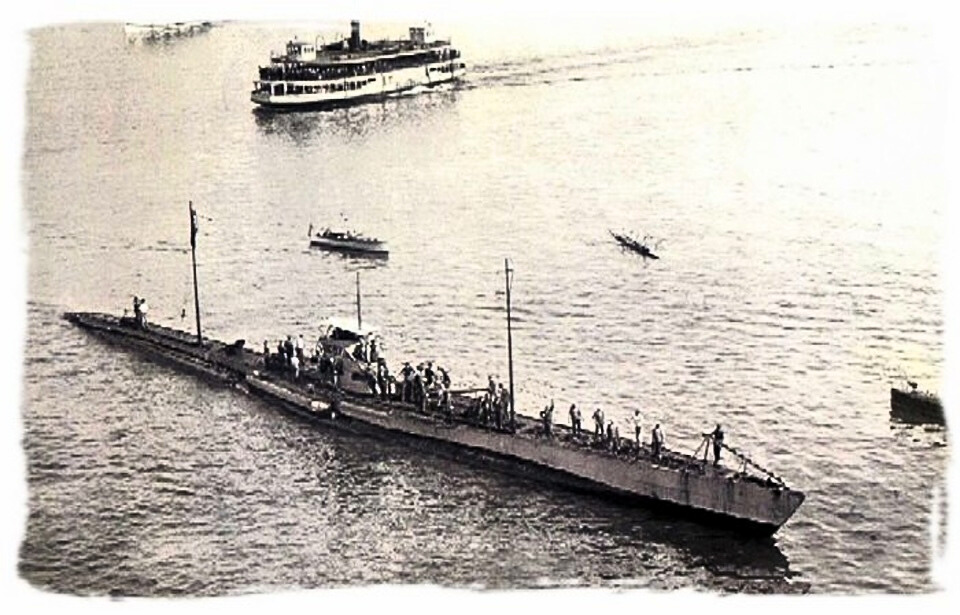Resting at the bottom of Lake Michigan is a 185-foot German U-boat—an unlikely discovery, especially since no German submarines ever patrolled the Great Lakes during either World War. So how did a U-boat end up thousands of miles from Europe’s battlefields? The story of how this submarine made its way from the Atlantic Ocean to the heart of America is one of the most fascinating—and unexpected—tales from the aftermath of World War I.
German U-boats after WWI
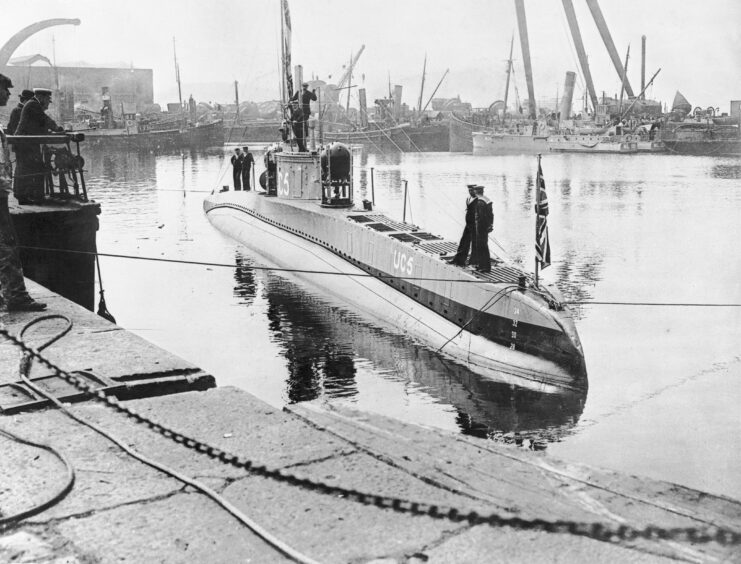
It was 1919, and WWI had ended in November of the previous year. After four vicious years of war, Europe was finally on the path to recovery. When the Armistice was signed, Germany was instructed to hand over its ships to the British. This was the start of a process that would lead to the dissection of Germany, military and financially. The Treaty of Versailles forced Germany to disarm and pay huge amounts in reparations for damage caused during the war.
Instead of handing their ships over, Germany broke the agreed terms of the Armistice and scuttled most of them. However, their U-boats managed to escape this fate and ended up in the hands of the British. Germany had been the technological leader of submarine warfare and design up until that point, so these U-boats were valuable pieces of equipment.
The US saw U-boats as a way to fix some of their wartime debt
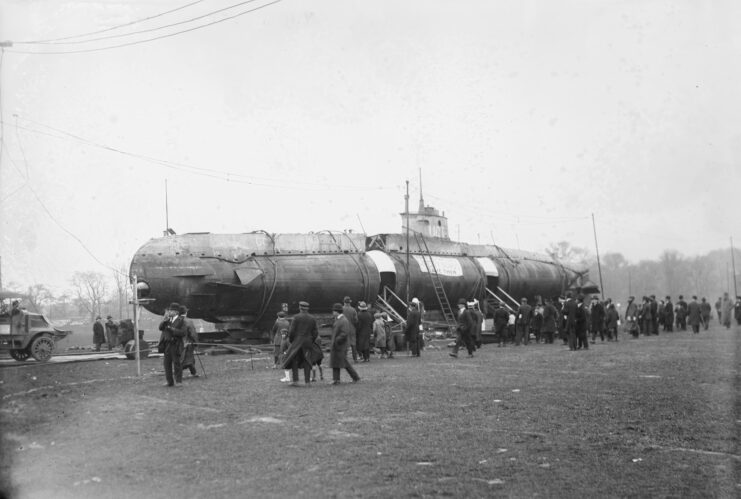
After World War I, the British took control of 176 German U-boats and gave many of them to Allied nations for research. But there was a rule: once the submarines were no longer useful, they had to be sunk in deep water so no one else could recover them.
The United States wasn’t very interested in holding onto the U-boats. U.S. military leaders believed their own submarines were better and thought the captured technology wasn’t worth the effort. There was even talk of banning submarines altogether, since Britain had pushed for a ban after seeing the destruction subs caused during the war.
Still, some people saw a different opportunity. The war had left the U.S. with a large national debt, and one creative idea was to take the captured U-boats on a tour around American ports. People could pay to see the subs up close, and the money raised from ticket sales would help pay off government bonds and reduce the war debt.
UC-97
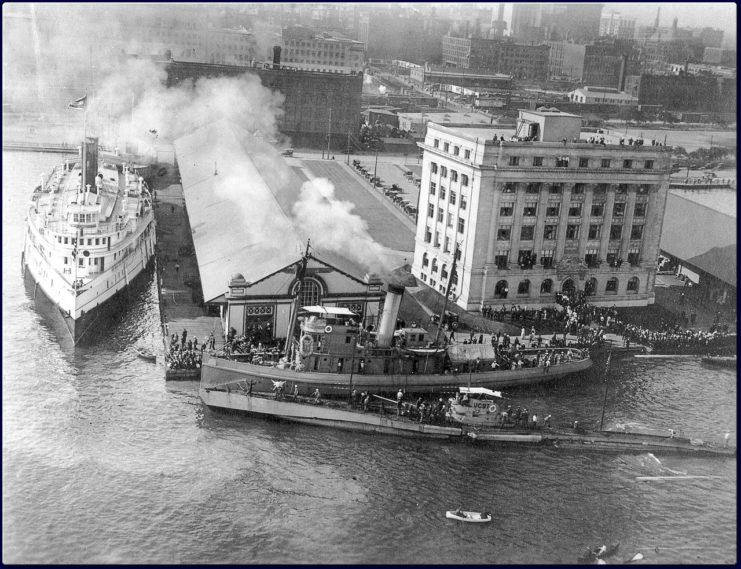
UC-97 was one of six submarines brought to the U.S. from Europe. It was a Type UC III submarine, a smaller class of minelaying U-boats built toward the end of World War I. These submarines were equipped with six mine-laying tubes, three torpedo tubes, and a deck gun.
Originally, more than 100 Type UC III U-boats were planned, but the war ended before most could be built, and only 25 were completed. UC-97 was one of them. When it arrived in the U.S., the public was told it had sunk seven ships. However, this wasn’t true—UC-97 never saw combat. The claim was made up to make the submarine seem more impressive.
UC-97 toured the Great Lakes
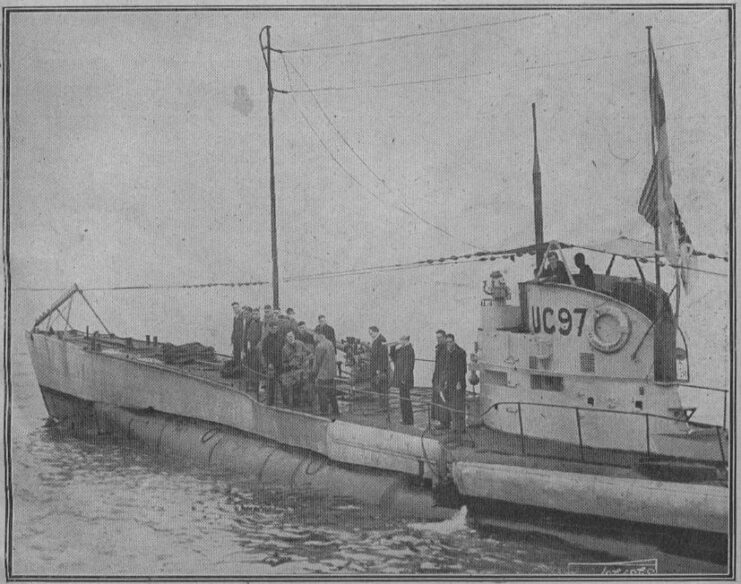
She spent much of this time in New York City, attracting thousands of visitors wherever it went. Once she had served her use making money, the submarine began more tours as part of a recruitment drive.
She toured the Great Lakes visiting places like Milwaukee and Chicago, and once again pulled in huge crowds, attracting so many people that ports often struggled to cope with them. After her tour was over, she was completely stripped of anything even remotely useful and moored up on the Chicago River.
The empty hull sat there until 1921. In June of that year, UC-97, lacking engines for propulsion, was towed out into Lake Michigan to fulfill the original agreement of sinking it once it was no longer useful.
The sinking of UC-97
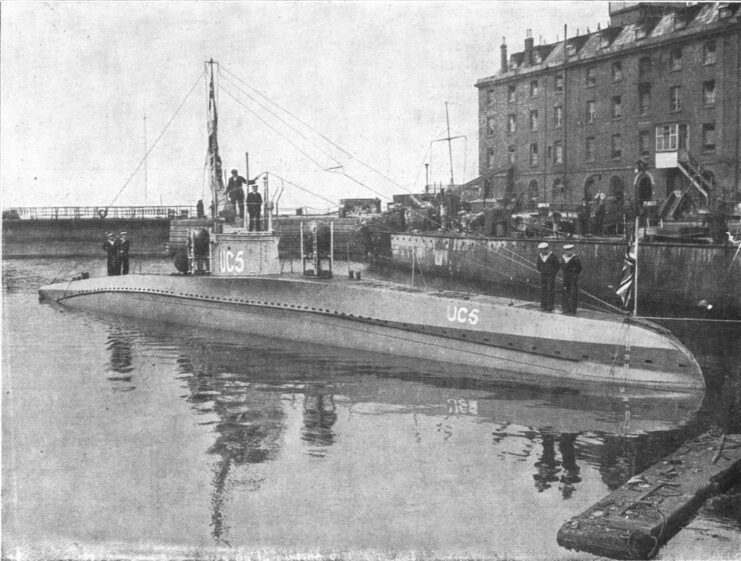
UC-97 was to be used as a floating target for the gunboat USS Wilmette in a highly publicized event. She was hit by a number of 4-inch rounds before quickly sinking to the bottom of the lake, to be forgotten for much of the century.
Attempts to locate the vessel in the 1960s and 1970s were thwarted by a clear lack of information about the submarine’s final moments. In 1992, UC-97 was finally discovered by A and T Recovery. Her location is not available to the public, but A and T Recovery have visited her multiple times since the discovery.
